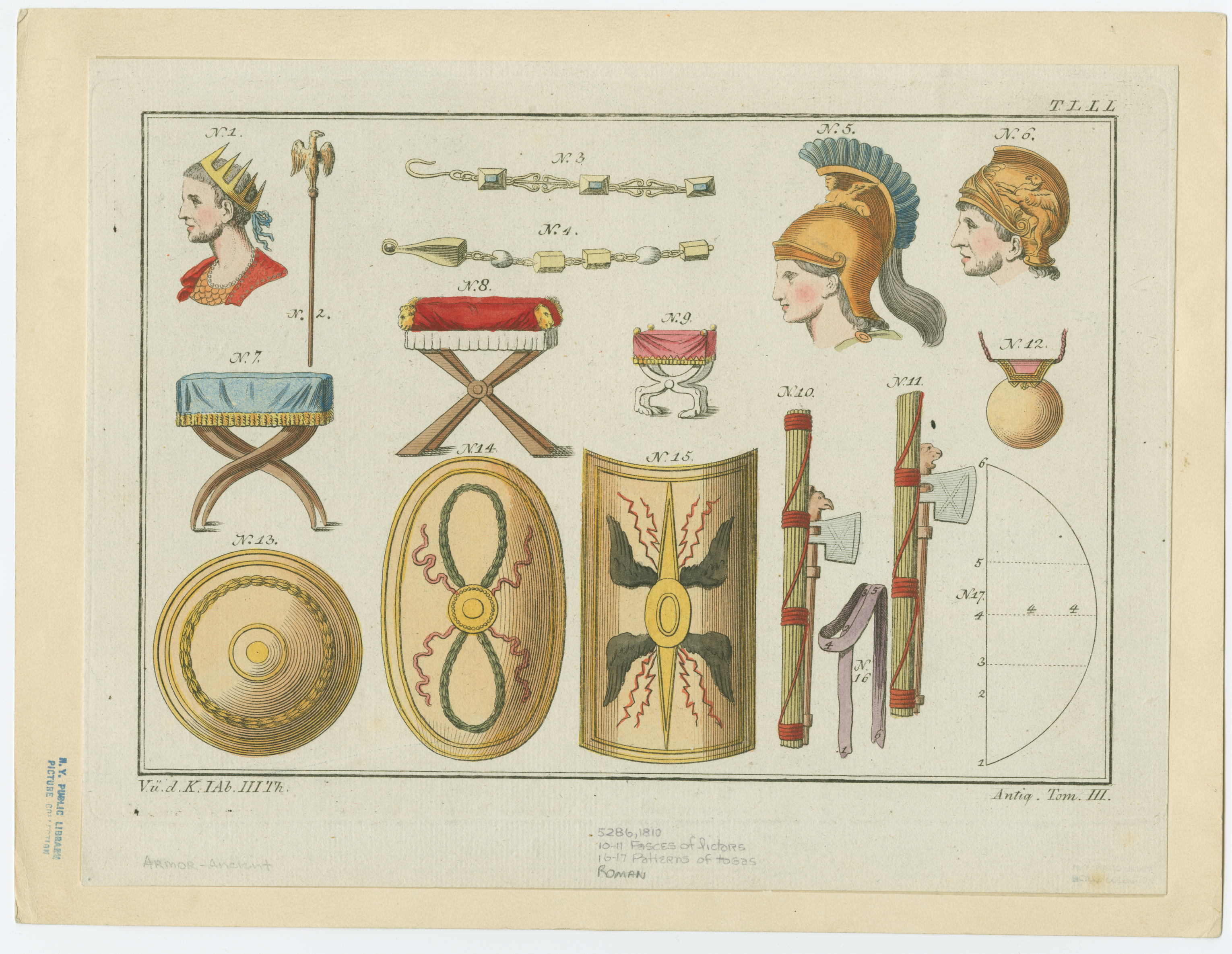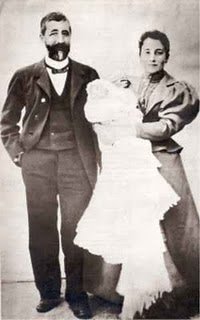|
Juan Genovés
Juan Genovés Candel (31 May 1930 – 15 May 2020) was a Spanish painter whose work is considered to symbolise the defence of democracy during the Spanish transition. His work has been recognised domestically and internationally, forming part of museum collections and exhibitions across the world. He received the Honourable Mention at the 33rd Venice Biennale in 1966 and the Gold Medal for Merit in Fine Arts, given by Spain's Ministry of Culture, in 2005. His Estate is represented by Opera Gallery. Biography Juan Genovés was born on 31 May 1930 at 17, Finlandia Street, Valencia, to working-class parents, Juan Genovés Cubells and María Candel Muñoz, from different backgrounds. His mother's family were practicing Catholics, while his father's had close links to the progressive left wing and worked in the UGT trade union's carpentry division. Political activism shaped his life and art, manifesting itself repeatedly throughout his life in his work.Cronología de Juan Genovés I ... [...More Info...] [...Related Items...] OR: [Wikipedia] [Google] [Baidu] |
Spanish Transition To Democracy
The Spanish transition to democracy, known in Spain as (; ) or (), is a period of History of Spain, modern Spanish history encompassing the regime change that moved from the Francoist dictatorship to the consolidation of a parliamentary system, in the form of constitutional monarchy under Juan Carlos I. The democratic transition began two days after the death of Francisco Franco, in November 1975. Initially, "the political elites left over from Francoism" attempted "to reform of the institutions of dictatorship" through existing legal means, but social and political pressure saw the formation of a democratic parliament in the 1977 Spanish general election, 1977 general election, which had the imprimatur to write a new constitution that was then approved by referendum in December 1978. The following years saw the beginning of the development of the rule of law and establishment of Autonomous communities of Spain, regional government, amidst ongoing terrorism, an 1981 Spanish cou ... [...More Info...] [...Related Items...] OR: [Wikipedia] [Google] [Baidu] |
Moreno Galván
Moreno may refer to: Places Argentina *Moreno (Buenos Aires Metro), a station on Line C of the Buenos Aires Metro *Moreno, Buenos Aires, a city in Buenos Aires Province, Argentina *Moreno Department, a depatnent of Santiago del Estero Province, Argentina *Moreno Partido, a division of the Buenos Aires Province, Argentina Elsewhere *Moreno, California (other) * Moreno, Pernambuco, Brazil, a city * Moreno Rock, a rock in Antarctica * Point Moreno, a promontory on Laurie Island in the South Orkney Islands People with the name Lists of people with the name *Moreno (given name) *Moreno (surname) People with the nickname or professional name * Moreno (footballer, born 1948), Daniel Euclides Moreno, Brazilian football forward * Moreno (Portuguese footballer) (born 1981), Portuguese football defensive midfielder *Moreno (footballerc, born 1983), Moreno Aoas Vidal, Brazilian football leftback *Moreno (Spanish footballer) (born 1986), Spanish football defender *Moreno (singer) (b ... [...More Info...] [...Related Items...] OR: [Wikipedia] [Google] [Baidu] |
Witness
In law, a witness is someone who, either voluntarily or under compulsion, provides testimonial evidence, either oral or written, of what they know or claim to know. A witness might be compelled to provide testimony in court, before a grand jury, before an administrative tribunal, before a deposition officer, or in a variety of other legal proceedings. A subpoena is a legal document that commands a person to appear at a proceeding. It is used to compel the testimony of a witness in a trial (law), trial. Usually, it can be issued by a judge or by the lawyer representing the plaintiff or the defendant in a civil trial or by the prosecutor or the defense attorney in a Criminal procedure, criminal proceeding, or by a government agency. In many jurisdictions, it is compulsory to comply with the subpoena and either take an oath or solemnly Affirmation in law, affirm to testify truthfully under penalty of perjury. Although informally a witness includes whoever perceived the event, in l ... [...More Info...] [...Related Items...] OR: [Wikipedia] [Google] [Baidu] |
Stencil
Stencilling produces an image or pattern on a surface by applying pigment to a surface through an intermediate object, with designed holes in the intermediate object. The holes allow the pigment to reach only some parts of the surface creating the design. The stencil is both the resulting image or pattern and the intermediate object; the context in which ''stencil'' is used makes clear which meaning is intended. In practice, the (object) stencil is usually a thin sheet of material, such as paper, plastic, wood or metal, with lettering, letters or a design cut from it, used to produce the letters or design on an underlying surface by applying pigment through the cut-out holes in the material. The key advantage of a stencil is that it can be reused to repeatedly and rapidly produce the same letters or design. Although aerosol paint, aerosol or painting stencils can be made for one-time use, typically they are made with the intention of being reused. To be reusable, they must rem ... [...More Info...] [...Related Items...] OR: [Wikipedia] [Google] [Baidu] |
Aerosol
An aerosol is a suspension (chemistry), suspension of fine solid particles or liquid Drop (liquid), droplets in air or another gas. Aerosols can be generated from natural or Human impact on the environment, human causes. The term ''aerosol'' commonly refers to the mixture of particulates in air, and not to the particulate matter alone. Examples of natural aerosols are fog, mist or dust. Examples of human caused aerosols include particulate air pollutants, mist from the discharge at hydroelectric dams, irrigation mist, perfume from Spray nozzle, atomizers, smoke, dust, Pesticide, sprayed pesticides, and medical treatments for respiratory illnesses. Several types of atmospheric aerosol have a significant effect on Earth's climate: volcanic, desert dust, sea-salt, that originating from biogenic sources and human-made. Volcanic aerosol forms in the stratosphere after an eruption as droplets of sulfuric acid that can prevail for up to two years, and reflect sunlight, lowering tempera ... [...More Info...] [...Related Items...] OR: [Wikipedia] [Google] [Baidu] |
Figurative Art
Figurative art, sometimes written as figurativism, describes artwork (particularly paintings and sculptures) that is clearly derived from real object sources and so is, by definition, representational. The term is often in contrast to abstract art: Since the arrival of abstract art the term figurative has been used to refer to any form of modern art that retains strong references to the real world. Painting and sculpture can therefore be divided into the categories of figurative, representational and abstract, although, strictly speaking, abstract art is derived (or abstracted) from a figurative or other natural source. However, "abstract" is sometimes used as a synonym of non-representational art and non-objective art, i.e. art which has no derivation from figures or objects. Figurative art is not synonymous with figure painting (art that represents the human figure), although human and animal figures are frequent subjects. Formal elements The formal elements, those aesthetic ... [...More Info...] [...Related Items...] OR: [Wikipedia] [Google] [Baidu] |
Orthodoxy
Orthodoxy () is adherence to a purported "correct" or otherwise mainstream- or classically-accepted creed, especially in religion. Orthodoxy within Christianity refers to acceptance of the doctrines defined by various creeds and ecumenical councils in Late antiquity, antiquity, but different Churches accept different creeds and councils. Such differences of opinion have developed for numerous reasons, including language and cultural barriers. In the Christian world, Eastern Orthodoxy and Oriental Orthodoxy are sometimes referred to simply as ''"the Orthodox"'' or ''"Orthodoxy"''. In some English-speaking countries, Jews who adhere to all the contemporarily-applicable 613 commandments, commandments legislated in the Torah, Written and Oral Torah are often called Orthodox Judaism, Orthodox Jews. As this can include many Jews that may not necessarily identify with the term ''"Orthodox"'', such as many Conservative Judaism, Masorti Jews, Jewish religious movements, Jewish communi ... [...More Info...] [...Related Items...] OR: [Wikipedia] [Google] [Baidu] |
Violation Of Law
A wrong or wrength (from Old English – 'crooked') is an act that is illegal or immoral. Legal wrongs are usually quite clearly defined in the law of a State (polity), state or jurisdiction. They can be divided into civil wrongs and crimes (or ''criminal offenses'') in Common law (legal system), common law countries, while Civil law (legal system), civil law countries tend to have some additional categories, such as contraventions. Moral wrong is an underlying concept for legal wrong. Some moral wrongs are punishable by law, for example, rape or murder. Other moral wrongs have nothing to do with law but are related to unethical behaviours. On the other hand, some legal wrongs, such as many types of parking offences, could hardly be classified as moral wrongs. Legal wrong A violation of law is any act (or, less commonly, failure to act) that fails to abide by existing law. Violations generally include both crimes and civil wrongs. Some acts, such as fraud, can violate civil and ... [...More Info...] [...Related Items...] OR: [Wikipedia] [Google] [Baidu] |
Anti-fascism
Anti-fascism is a political movement in opposition to fascist ideologies, groups and individuals. Beginning in European countries in the 1920s, it was at its most significant shortly before and during World War II, where the Axis powers were opposed by many countries forming the Allies of World War II and dozens of resistance movements worldwide. Anti-fascism has been an element of movements across the political spectrum and holding many different political positions such as anarchism, communism, pacifism, republicanism, social democracy, socialism and syndicalism as well as centrist, conservative, liberal and nationalist viewpoints. Fascism, a far-right ultra-nationalistic ideology best known for its use by the Italian Fascists and the German Nazis, became prominent beginning in the 1910s. Organization against fascism began around 1920. Fascism became the state ideology of Italy in 1922 and of Germany in 1933, spurring a large increase in anti-fascist action, including ... [...More Info...] [...Related Items...] OR: [Wikipedia] [Google] [Baidu] |
Francisco Franco
Francisco Franco Bahamonde (born Francisco Paulino Hermenegildo Teódulo Franco Bahamonde; 4 December 1892 – 20 November 1975) was a Spanish general and dictator who led the Nationalist faction (Spanish Civil War), Nationalist forces in overthrowing the Second Spanish Republic during the Spanish Civil War and thereafter ruled over Spain from 1939 to 1975, assuming the title ''Caudillo''. This period in Spanish history, from the Nationalist victory to Franco's death, is commonly known as Francoist Spain or as the Francoist dictatorship. Born in Ferrol, Spain, Ferrol, Galicia, into an upper-class military family, Franco served in the Spanish Army as a cadet in the Toledo Infantry Academy from 1907 to 1910. While serving in Spanish protectorate in Morocco, Morocco, he rose through the ranks to become a brigadier general in 1926 at age 33. Two years later, Franco became the director of the General Military Academy in Zaragoza. As a Conservatism, conservative and Monarchism, ... [...More Info...] [...Related Items...] OR: [Wikipedia] [Google] [Baidu] |




